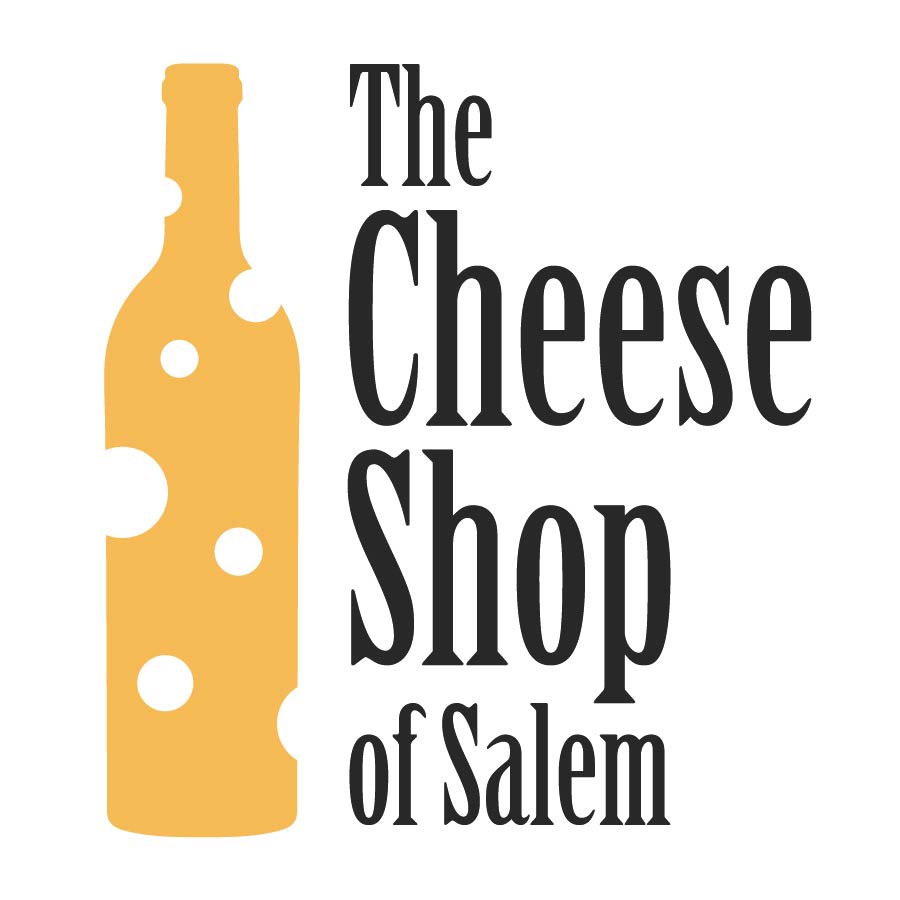Mini-Me Wine
Free tasting | Friday, October 18, 2019 | 5-7PM
Great wine sometimes comes in small packages. Magnums get all the glory but how about the little guys that make life, well, easy. Bring a mini-me wine bottle on a picnic, on a hayride, to a pumpkin patch, and share a glass or two with your mate. Plus, for the busiest time of year in Salem, small format bottles just MAKE SENSE come October. Easy to carry, easy to open, easy to drink. So, read on to review wine bottle sizes (and their biblical names), because you never know when you’ll need to know this random albeit VERY IMPORTANT information for that next cocktail party when you get quizzed about wine bottle sizes and biblical kings. On Friday, we’re opening the below small-format bottles (a few big bottles will be available too). And in the words of Dr. Evil, “Mini-Me, are you hungry? Something to eat? Not even a Hot Pocket? An Eggo?”
A wee bit about bottle size with a bit of biblical references thrown in. The following information has been quoted from Karen MacNeil’s Wine Bible, which is a book for anyone who enjoys wine and likes learning about wine. This reference book is a MUST READ. It helped me (Susan) through wine school and life: I have one on my bedside table, one in my kitchen, and keep two at the shop.
“For unknown reasons, in the late 1800s, [wine] bottles were given the names of biblical kings. Jeroboam was a king of the northern kingdom of Isreal. Methuselah, not an ancient king, was distinguished by his incredible longevity, living 969 years. The Assyrian king Salmanazar ruled over the Judean kingdom. Balthazar was the name of one of the Three Wise Men, known as the Lord of the Treasury and also considered to be a grandson of Nebuchadnezzar. The king of Babylon, Nebuchadnezzar was a prominent and powerful ruler who destroyed Jerusalem.”
Wine Bottle Sizes:
Split (187.5 milliliters, about 1.5 glasses)
Half-Bottle (375 milliliters, about 2.5 glasses) (half-bottles will be shown at Friday’s tasting)
Bottle (750 milliliters, about 5 glasses)
Magnum (2 bottles, about 10 glasses)
Jeroboam (4 bottles, about 20 glasses)
Methuselah (8 bottles, about 40 glasses)
Salmanazar (12 bottles, about 60 glasses)
Balthazar (16 bottles, about 80 glasses)
Nebuchadnezzar (20 bottles, about 100 glasses)
Mini-Me Wine Tasting Line-up:
2017 Château du Hureau, Saumur-Champigny Tuffe (375ml)
Who: 5th generation estate now owned by Philippe and Agathe Vatan
What: 100% Cabernet Franc
Where: Loire Valley, France (within the appellation of Saumur-Champigny; estate is located near the banks of the Loire, about 4 miles east of the town of Saumur)
How: Indigenous yeasts, long fermentations lasting 25-30 days; elévage of 10-20 months in tank (underground in tuffeaux cellars)
Farming Method: Organic
Fun Fact: The estate’s 13th century caves are built into an enormous tufa-limestone shelf which borders the back of the Château where the vineyards are planted in this same subsoil of tuffeau (soft chalk), which gives the wines their underlying minerality.
Tasting Notes: Dark, intense and sappy, with notes of violets and cherries.
2013 Bodkin Late Harvest Sauvignon Blanc (375ml)
Who: Chris Christensen
What: Sauvignon Blanc
Where: California, United States (Dry Creek Valley in Northern California)
How: These Sauvignon Blanc grapes were purposefully left unpicked on the vines to become overripe. They were picked and pressed when the Brix (sugar) level was at 38!
Farming Method: Organic. No added sulfur at bottling.
Fun Fact: To decorate their 2015 harvest shirts, Chris adopted and expanded on House Greyjoy’s (From Game of Thrones) motto, “We do not sow - we only reap.”
Tasting Notes: Candied pineapple and lemon with notes of hay and fabulous acidity to balance out that sweetness.
2018 Domaine Glinavos ‘Paleokerisio’ (500ml)
Who: Domaine Glinavos was established in 1978 by Lefteris Glinavos, one of Greece’s first oenologists.
What: A blend from the white grape variety Debina (97%) with the addition of the red variety Vlahiko (3%).
Where: Epirus, Greece (within the appellation of Ioannina)
How: De-stemmed grapes ferment in oak for about two weeks and the secondary fermentation occurs in closed stainless steel tanks. Bottling is done without adding other substances and with a few residual sugars.
Farming Method: Organic
Fun Fact: This semi-sparkling is bottled in an adorable 500ml bottle with a cap crown; it pays homage to the traditional semi-sparkling wine of Ioannina.
Tasting Notes: Tannins are full, bubbles are like multi-colored pop-rocks candy. It’s the color of cantaloupe, with aromas of kumquats, and the taste of olives and citrus. The perfect pairing to this orange wine? A loaded hotdog or gummy worms!!
2018 Vietti Moscato d'Asti (375ml)
Who: The Vietti winery traces back to the 19th century, and is now led by the 5th generation Currado clan in the small medieval village of Castiglione Falletto, the heart of Piedmont’s famous Langhe wine region. Here’s a great article about Luca and Elena Currado at Vietti.
What: 100% Moscato d’Asti
Where: Moscato d’Asti DOCG (Piedmont, Italy)
How: Alcoholic fermentation occurs in stainless steel pressured tanks to preserve natural CO2 from the fermentation. The fermentation is stopped at 5% ABV.
Farming Method: Organic/Sustainable
Fun Fact: Try pairing this Moscato d’Asti to Asian cuisine, lobster, or scallops or desserts that are fruit based, or cream heavy. Blue cheese is also an excellent cheese pairing!
What It Tastes Like: It’s Peaches n’ Cream in a bottle! Intense aromas of peaches, rose petals and ginger. On the palate, it is delicately sweet and sparkling with balanced acidity and a fresh finish of apricots.






